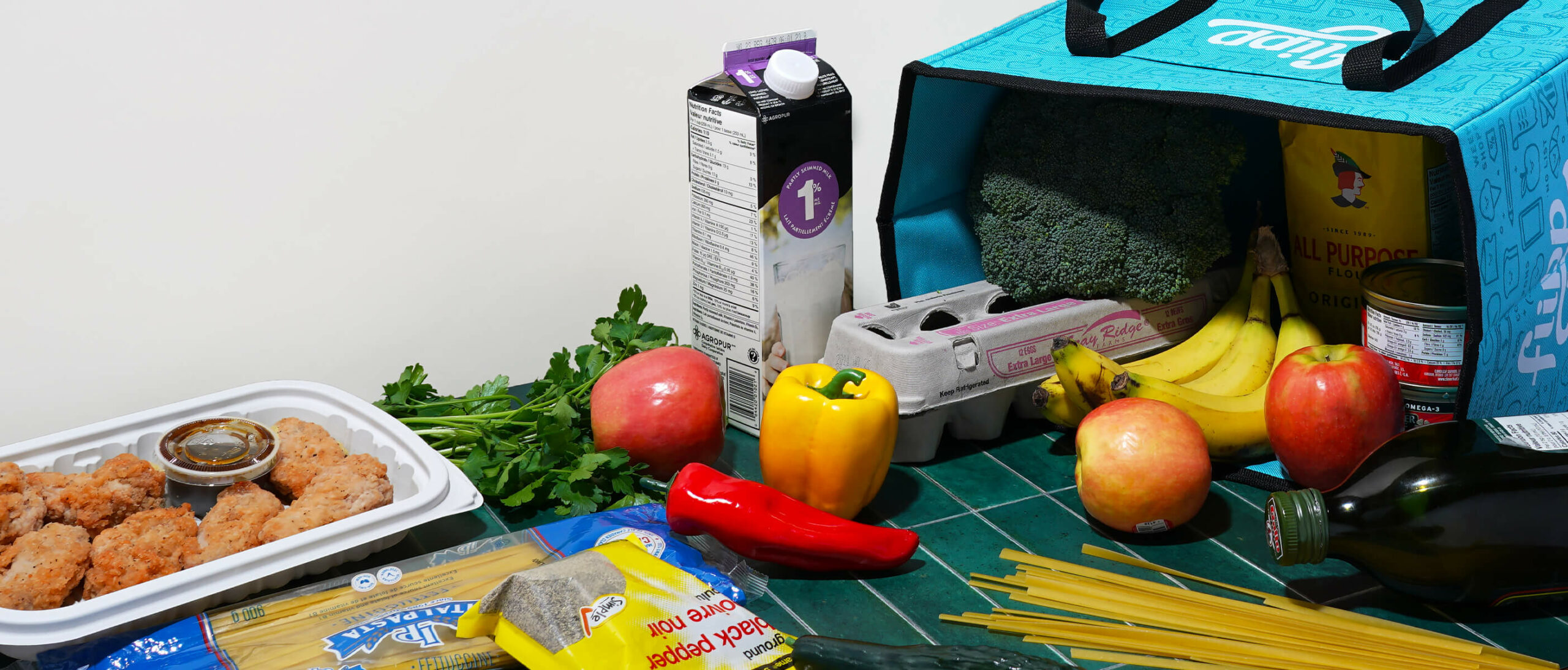Life’s full of twists and turns, and the best thing we can do to stay on top of our finances is to expect the unexpected. That’s why having a ‘rainy day fund’ is so important. With a little bit of planning, you can give yourself an extra layer of protection and minimize the stress that comes with unexpected expenses.
What is a rainy day fund?
A rainy day fund is essentially a smaller version of an emergency fund. It’s savings that you put aside to cover smaller, unexpected expenses, typically around $700–$2,500 depending on your lifestyle. Examples of the types of expenses that would be covered by a rainy day fund are a parking ticket, a flat tire, an appliance that needs repairing, or an unexpected visit to the doctor.
An emergency fund on the other hand is for larger, life-changing events that have a larger financial impact, for example, the loss of a job. Having both is very important, but today we’re starting small. Leave a comment below if you want us to share some tips for how to start an emergency fund in a later post.
Tips for starting your rainy day fund
1. Let your money make you money
Open a dedicated savings account for your rainy day fund to stay organized and make contributing to it easier. Make sure that the savings account selected allows you to make quick, fee-free withdrawals whenever an unexpected expense comes along. If your savings are simply sitting in your checking account, you’re not doing yourself any favors. Switch your fund to a high-yield savings account to increase your earnings. You don’t have to stick to the same bank if that’s not right for you. Shop around at different banks, including internet-only banks to see which ones could offer you the best rate.
2. Determine the amount for your rainy day fund
As we mentioned before, a rainy day fund typically has $700–$2,500, but this amount varies depending on your lifestyle. Do an assessment of what may go wrong in your life and how much it will cost to fix it. If you have kids or family that you care for, take that into account. Do you own a house or are you a renter? A homeowner will have to set aside money for home repairs and maintenance. Whenever an unexpected expense comes along, make a note of it too, because chances are it won’t be the last time.

3. Build contributions into your budget
Once you’ve decided on an amount, determine how much and how often you’re going to contribute to your fund to reach that amount. To do this, divide the full amount by how much you can spare each month (or whatever cadence you decide is right). For example, if you want $1,000 in your rainy day fund and can afford to set aside $50 every month, it will take you 20 months to reach your goal. Don’t get discouraged if you can’t do it all at once. The most important thing is to stay consistent and little by little you will have built your fund.
4. Decide expenses to cut back on
In order to save, you’ll have to cut back in other areas, so take a look at your weekly/monthly expenses and decide what makes the most sense. Perhaps you switch your morning coffee run for a homemade cup of joe or use savings tools like the Flipp app to help you lower your grocery bill. For more easy ways to save, check out our post, Easy Swaps to Save You Cash.
5. Ramp up your savings when your financial situation improves
Finished paying off a loan or got a promotion at work? If your financial situation improves, make it a priority to ramp up your savings (after treating yourself first, of course!). If you started with $50 per month, this could be your chance to up that to $70 per month and complete your rainy day fund sooner than you planned, which is always a plus.
Saving money can feel like a chore, but if you stick to it, little by little you will reach your goal. In the face of a true financial emergency or an unexpected bill, you’ll be glad you did.




















